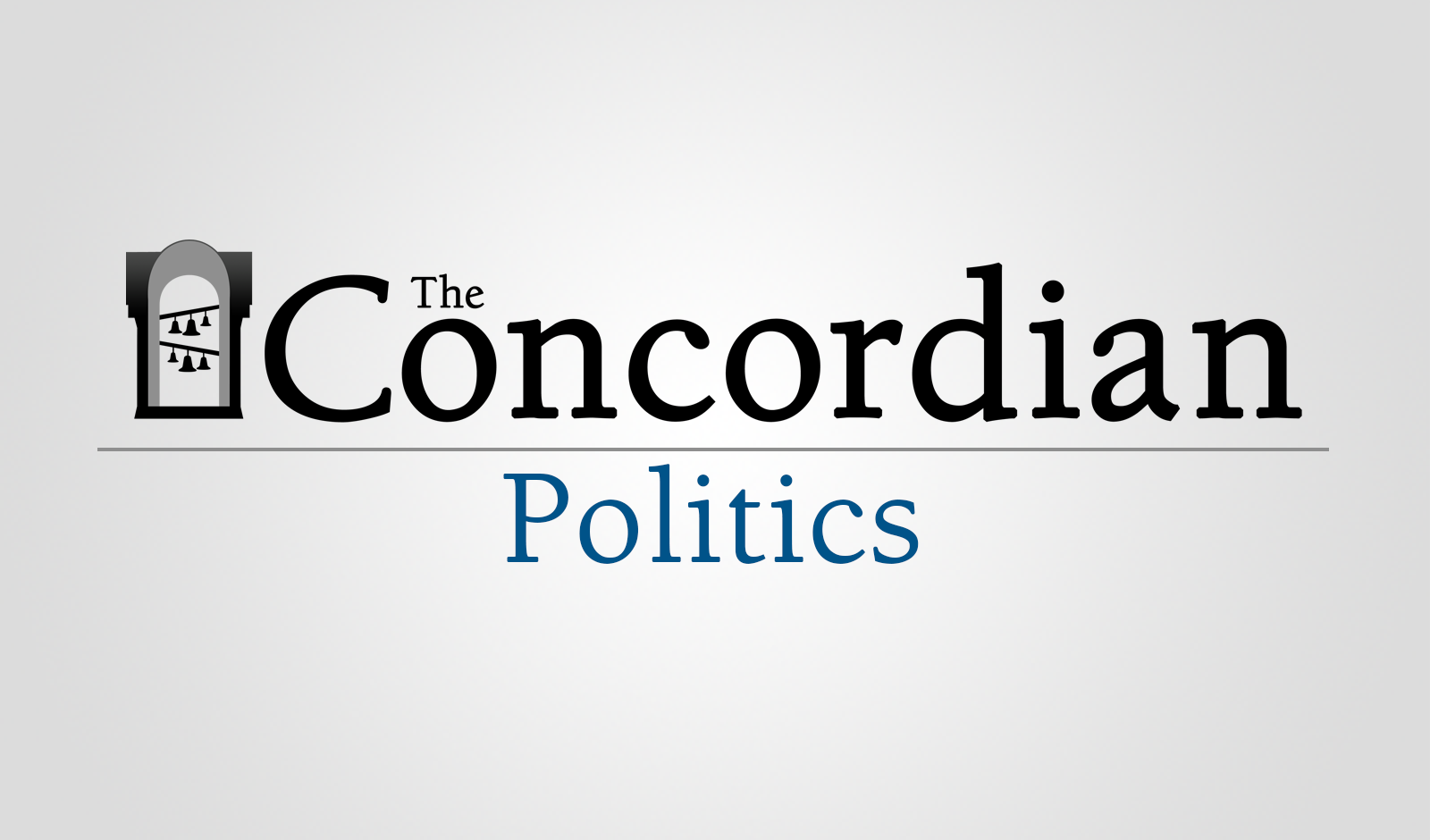View the opposing argument here.
After more than a decade, America’s conventional wars in the Middle East appear to be drawing to a close. By next year, we will have largely withdrawn from Afghanistan, leaving its defense to the relatively untested Karzai government. Combining this with our withdrawal from Iraq several years ago, and the United States will soon face the prospect of having no major combat operations under way in the Middle East for the first time since most of us were in elementary school. “Peace” will be at hand.
Despite the good news that “the troops are coming home”, significant threats still remain for the United States in this critical region. Two in particular demand our immediate and unwavering attention. First, the “Arab Spring” has seen not just an increase in political awareness amongst the Arab masses, but also the rise of extremist groups to increased prominence and power. In a Syria destroyed by civil war and in an Iraq torn apart by chaos, Al Qaeda and other Islamist groups have created new bases of operations and have expanded their reach across much of the Middle East and Africa. This new terrorist “mini-state” comprising parts of Syria and Iraq, has the potential to rip apart the Middle East from within, leading to the demise of friendly regimes and replacing them with Jihadi states. This is the first major threat confronting the United States.
The second major threat is the rise of Iran as a power player in the region. Through its strategic partnerships with Russia and Syria, along with its client terrorist organizations (including but not limited to Hezbollah and Hamas), Iran is poised to become the most powerful single state in the region if the United States retreats from its obligations. Its nuclear weapons program, despite its recent agreement with the international community, is alive and well. Iraq’s Shiite government shares a common religious cause with its neighbor to the east. In short, Iran is preparing for an aggressive expansion of its power, hoping to become the regional superpower of the Middle East. The U.S. is the only power in the region capable of stopping them.
At this crossroads, our country has two choices. We can withdraw from the region and allow events to take its course, or we can remain actively, militarily engaged in order to fulfill our obligations to our allies and to protect our interests. Both of these options have been tried in the past. When World War I ended, we retreated from the world and entrenched ourselves at home, allowing dictators to seize power in Europe and Asia and plunge the world into another World War. When World War II ended, we stayed engaged with the world, creating new military alliances and partnerships to combat the new threat, the Soviet Union. We face a similar choice today.
Instead of retreating and allowing the region to descend into chaos, the United States must remain militarily active in the Middle East, fulfilling our obligations to our allies and creating new military partnerships as needed. The Gulf Monarchies (Saudi Arabia, Kuwait, United Arab Emirates, ect.) look to the United States to counter Iran’s growing influence. We must show these nations that we are worthy of their trust, and the best way to do this is through a new defense alliance along the lines of the North Atlantic Treaty Organization. This alliance should encompass the Gulf Monarchies, Jordan, Turkey, and Egypt. Given the worrying rise of extremist groups and Iranian influence, it is not inconceivable that Israel could be a part of this alliance system as well. A defense alliance comprising all of our allies in the Middle East, with the United States providing its direction and military muscle, would go a long way to ensure the long-term security of the region.
Such an alliance was tried in the early days of the Cold War, with the United States and Great Britain seeking to unite the Middle East against the Soviet menace to the north. Known as the Central Treaty Organization (or the Baghdad Pact), this alliance system had promise, but could not get past the politics of hate between the new Arab states and the state of Israel. Today, however, times have changed. Israel is much more widely accepted in the Middle East, having secured recognition and peace with Egypt, Jordan, and Turkey. Saudi Arabia is so concerned about Iranian nuclear ambitions that they have allowed Israel access through its airspace if Israel decides to strike at Iran. Extremist groups and Iranian power-grabs are threats to all concerned, so there is a good chance that all of the affected states mentioned could unite in a mutually beneficial defense pact under the direction of the United States.
Time is short. Iran is gaining in strength, and extremist groups are taking control of more and more territory, seeking to create a terrorist mini-state in the heart of the Middle East. The United States must be willing and able to respond to these dual threats. Because of this, we cannot retreat from our obligations in the region, but march forth boldly to confront them. A mutual defense pact between the United States and our allies in the region gives us the best chance to secure Middle Eastern security into the future. Such an option will require a continued U.S. military commitment to the region, but it is necessary in order to ensure peace and security. We faced this choice after World War I, and we opted to withdraw. We faced this choice again after World War II, and we chose to stand firm. We must stand firm again.
Sources:
U.S. Department of State Office of the Historian
https://history.state.gov/milestones/1953-1960/cento
The Jerusalem Post
http://www.jpost.com/Iranian-Threat/News/Saudi-airspace-open-for-Iran-attack


[…] View the opposing argument here. […]